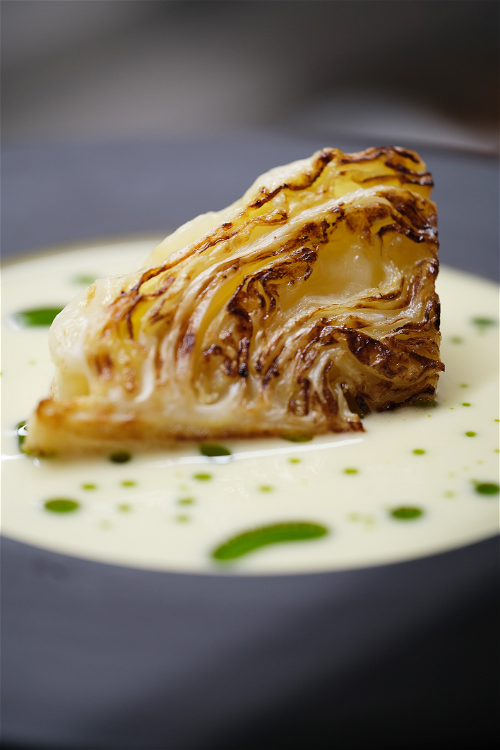Fermentation: The summer in winter
For a long time it seemed a lost art, but for a few years now you can't do without it: fermentation. But what exactly does that actually mean? And what is the difference with pickling? Many questions - we have the answers.
What do vinegar, beer and bread have in common? They are all results of fermentation. This is a cultural technique that goes back to the dawn of mankind. As early as 13,000 years ago people used fermentation to preserve their food. In the Rakefet Cave in northern Israel, mortars and vessels were discovered with residues suggesting that people at that time were already using a multi-step process: from malting to mashing to brewing.
There are many different ways to ferment food: yeast and alcoholic fermentation, enzymatic conversion, noble mould, lactic kefir, lactic acid fermentation, water kefir, acetic acid fermentation and kombucha. The type of fermentation chosen depends, on the one hand, on the product to be refined and, on the other hand, on the taste to be obtained.
Fermented berries
"I ferment everything that is in season," says Rico Birndt, Michelin-starred chef from the "Mural Farmhouse" in Munich. This is the only way to save the summer into the fall and winter. For example, his raspberries, from which he wants to make an ice cream. "When I pickle those, it develops a tremendous depth of flavour," he says. This happens thanks to lacto-fermentation. This is one of the most common techniques to refine food - that's what fermenting is often called. Besides, you also make them durable in the process.
Lacto-fermentation can also be called lactic acid fermentation. What happens? "In lacto-fermentation, carbohydrates are metabolised by lactic acid bacteria," write Antje de Vries and Anne-Cathrine Preißer in their book "Fermentation". It does not matter whether the carbohydrates come from lactose or sucrose or fructose. Proteins can also be metabolised.
Lacto-fermentation
Birndt places his raspberries in an airtight vacuum bag with two percent salt. After five to seven days, the bag inflates, then fermentation is complete. Specifically, during the week that the raspberries held their breath, the starch and sugar broke down into acid. The higher acid value ensures that the taste and also the consistency of the raspberry change. But also the durability. "Because acidic media do not provide favourable growth conditions for many organisms, including harmful micro-organisms such as Escherichia coli or Salmonella, fermented products always have a longer shelf life compared to raw materials," Vries and Preißer write.
Although humans have been fermenting for so long, it took until 1857 for Louis Pasteur (that's right, the man after whom pasteurisation is named) to make the process scientifically understandable. He understood the roles of bacteria in fermentation and observed that it works particularly well when the raw materials are pickled without oxygen. When the vacuum bag puffs up, Rico Birndt fills the raspberries into a mason jar, steams the whole thing so they don't ferment further, and stores them until they're ready for use in the fall.
In addition to the shelf life and the change in taste, fermented products also have an impact on health. During fermentation, microorganisms are predigested, which ensures that nutrients are more readily available, which pleases both the intestinal flora and the immune system. In addition, fermentation destroys some toxins; olives, for example, only become tolerable after pickling.
Fermented drinks
Michael Peceny is responsible for the non-alcoholic beverages at "Tian" in Vienna. His favourite weapon is fermentation. "It gives the drinks a nice acidity and makes them easy to drink," he says. Whether it's a classic kombucha, making a vinegar lemonade, or amazake, a traditional Japanese drink he makes with the help of the mushroom koji; fermented drinks help serve an interesting alternative to wine pairings, Peceny says. And another thing: "Because we ferment so much, we hardly ever throw anything away in the restaurant."
However, fermenting is sometimes a bit of a surprise game for him, says Rico Birndt. He remembers, for example, that once, one of the jars had not been closed tightly after evaporation. This had led to the citrus fruits continuing to ferment blithely. "Then when I tried it, the things tasted like passion fruit. Now we just put the kumquats in that way." Conclusion: fermentation is certainly the future of new worlds of taste.


